Exploring the resurgence of the low-fi 3D visual style of the PS1 era - jacksonwitimen
Exploring the resurgence of the low-fi 3D visual fashio of the PS1 geological era

The theme of new games emulating the mode of titles from bygone eras is remote from uncommon in the modern gaming landscape painting. Picture element-art platformers from Fez to Shovel Knight, SNES-inspired Metroidvanias like Axiom Brink and Owlboy, and many Sir Thomas More in any case, stimulate established the indie-driven revival of the 16-bit era as a mainstream aesthetic that sits merrily alongside the 3D photorealism that tends to be favoured away the big studios. We know it is possible for styles associated with the past to give a triumphant return. Wherefore is information technology, then, that the iconic polygonal mode associated with the original PlayStation hasn't yet enjoyed a alike moment?
The revival of the unrefined-fi 3D aesthetic associated therewith console has been far more restrained. Rather than gracing Game of the Year lists and winning highschool-profile awards as 16-bit-inspired titles frequently have, you tend to find games with PlayStation-style aesthetics circulating as small inquiry projects on indie distribution platform itch.io, only the odd form of address poking its steer above the breastwork to gain both kind of wider recognition.
We spoke to some of the creators keister these games about their reasons for returning to PlayStation visuals, the potential power of the aesthetical and the reasons wherefore it has yet to be fully embraced by the mainstream.
Nostalgia and lo-fi
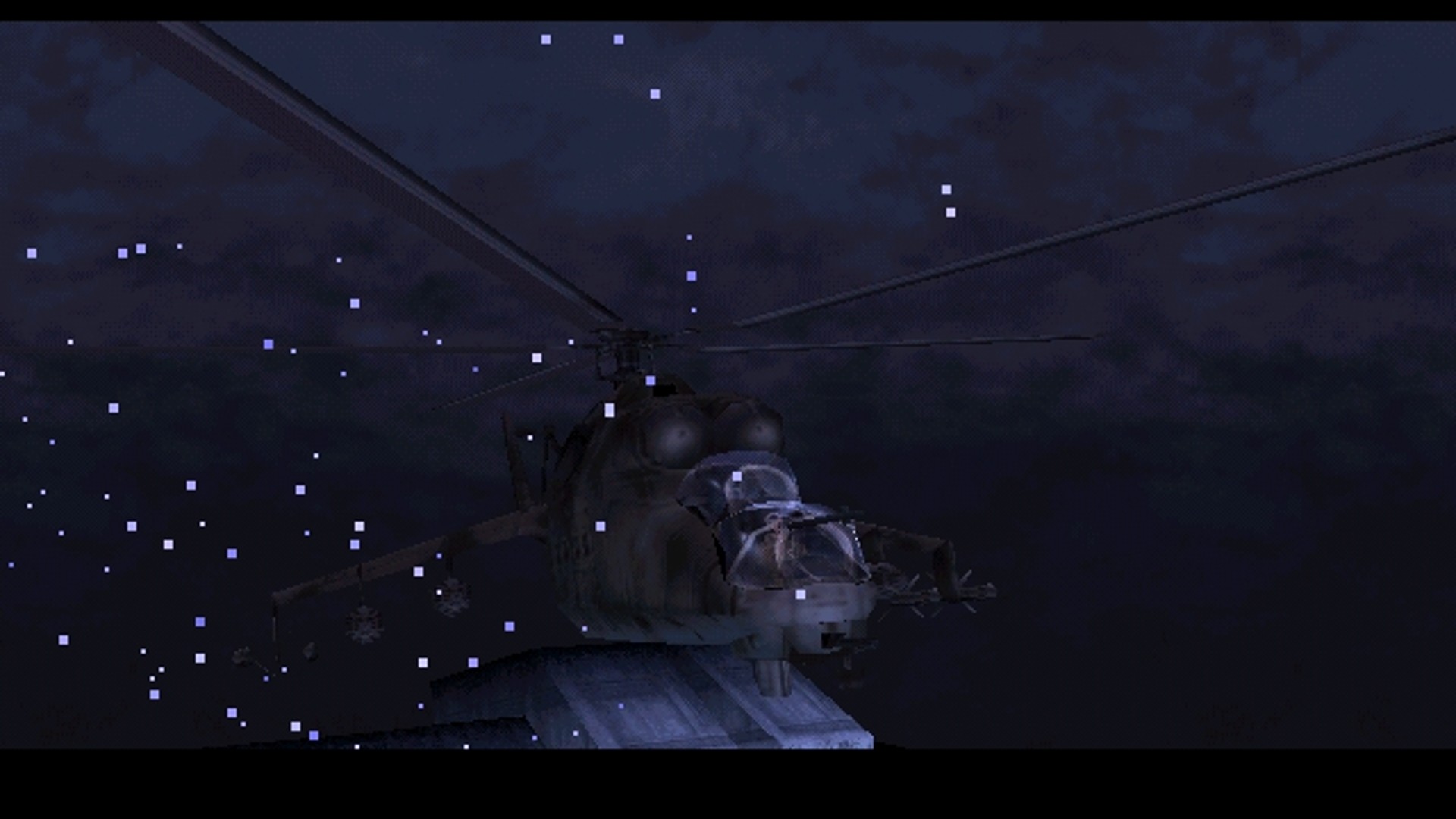
Subscribe to Retro Gamer today!
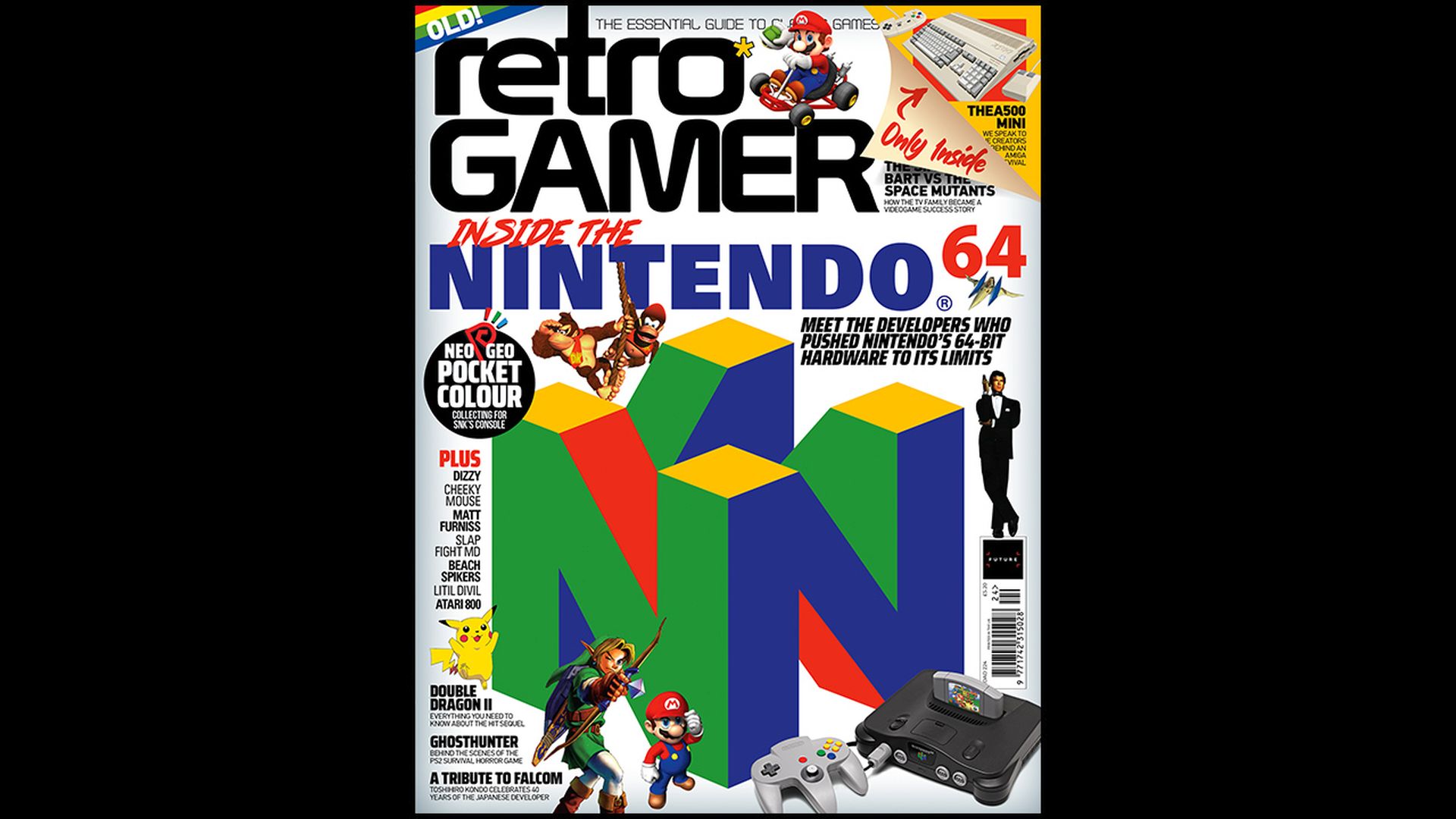
For more in-depth features exploring classic games and consoles delivered right to your door or device, subscribe to Retro Gamer nowadays in print OR digital.
When it comes to timing, the nostalgia that helped fire the 2D 16-bit revival should equal word-perfect for the PlayStation – just as developers that grew risen on the SNES and Mega Drive went connected to make games inspired by those systems, the generation World Health Organization witnessed the emotional shift to 3D that the PlayStation pioneered are old enough to be making their own games. "PlayStation-geological era is what Melos and I grew raised playing," says Marina Kittaka, referring to her Anodyne 2 CO-developer Melos Han-Tani. "So there is an element of not only nostalgia, but a fundamental 'public speaking the language' of what are now considered lo-fi 3D games. Our generation healthy up also coincides with more and more 3D tools that are approachable to small developers," Kittaka concludes.
Toni Kortelhatim, break best-known as his YouTube moniker, 98Demake, also started his travel into the world of PlayStation-style graphics through nostalgia happening his YouTube channel, creating versions of stylish games like GTA V and The In conclusion Of United States of America as if they had been ready-made in 1998. Kortelhatim decided to run with this style to create his surreal repulsion title OK/NORMAL, going to that extent as to stick to the limitations of the innovational PlayStation to keep the game authentic. "The whole point going in was to create a sort of a 'perplexed media' game," Kortelhatim explains. "I mat up the PlayStation look just made common sense, since there were a massive amount of really obscure games released for the original PlayStation," he says, citing the likes of LSD: Dream Imitator, Kurushi and Kula World as inspirations. OK/NORMAL's deliberate consumption of warped textures, jagged edges and CRT blurriness to invoke an uncomfortable sense of the surreal showcases one of the major strengths of the PlayStation's visual style.
Go back to the games of that era and there is often something unintentionally haunting about those early 3D worlds. Their matted surfaces and rudimentary textures, fading into the darkness surgery murk of low draw space, feel uncomfortably sparse. The counterpoint that the modern wonders of 3D gaming now whir merely enhance this sense of uncanny, which perhaps gives United States a clew as to wherefore games that use this visual manner haven't yet broken into the mainstream in the same way that pixel-art games have. On that point is something alienating about them. They make people uncomfortable.
The possible revulsion of PlayStation
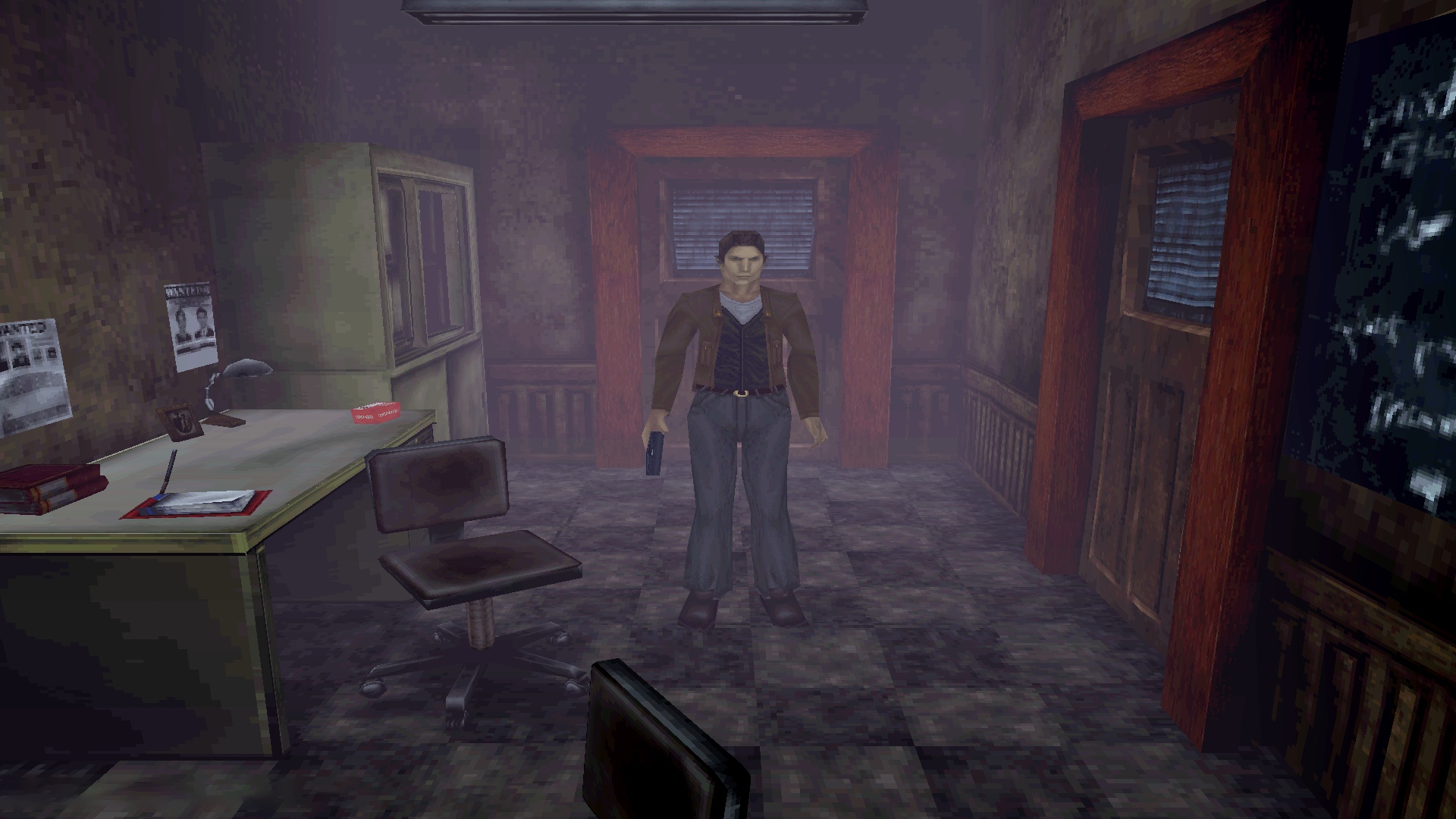
Indeed, it is perhaps telling that the horror musical style is unusually prevalent among the modern titles that are returning to the PlayStation aesthetic. Alongside Kortelhatim's OK/NORMAL, there is Haunted PS1 Demo Disc 2020, a collection of indie horror games presented in the form of a falsify PlayStation demonstration, set to get a sequel in 2021. There is also the Silent Benny Hill-inspired Concluse (owing a continuation in 2021 too) and the haunting Paratopic, arguably one of the better-known 3D retro titles.
"I think there's something inherently scary about the PlayStation seem," says Kortelhatim on the aesthetics applicability to horror. "Everything's pixelated. Everything's sort of unsteady due to the low precision vertex snapping. The textures are warped referable affine texture mapping. Commonly the draw distance is very short – everything in length is either covered in a fog, OR duskiness. Combine those things, and it makes for some real nightmare fire. You see a monster or whatever emerging from the distant fog. Attributable the outstrip, the monster is just a blot of red and skin-pale-hued pixels. Your mind starts racing 'what the hell is that thing?'. Even when it's closer, your mind of necessity to fill in the absent gaps, and whatsoever you create in your mind in those moments is scarier than anything a developer could create to affright you."
I think there's something inherently scary about the PlayStation look after.
Toni Kortelhatim, demaker
Jessica Harvey, one of the trio that created Paratopic, tells us that the atmospheric potential of PlayStation-like 3D visuals was too something that drew her to the style, though references what was actually a DOS game as one of the keystone influences. "Bethesda's FPS, Terminator: Future Shock, was perhaps the only direct charm, if sole because the limitations of the tech thus strongly fed back into the unfit and manifested a unlogical sense of atm and mood," Harvey tells United States of America. "Janky, jagged bombed-out buildings, a night that past merit of a diminutive haulage distance consumed everything around and left you stood in a sable void, the composition of a limited texture palette. This showed Pine Tree State what could be done, beyond simply excavation for nostalgia."
Atomic number 3 to the question of why horror is such a prevalent part of the underground PlayStation revival, Harvey suggests we need to look on the far side the domain of video games. "Why do repulsion films oftentimes use a grainy electron lens, or, exit Sir Thomas More art-house, straight ascending black and white? Wherefore are haunted VHS tapes and Boob tube signals so much powerful tropes? All of these are deeply imperfect renditions of technology. They provide us with a lack of clarity, they draw out some the material and metaphysical shadows, they are possessed by an instability that has us motion whether the realities they contain are collapsed in happening themselves.
The linear, the corroded technology... it all has these indicate failings, these glitches that open up cracks into a void beyond the world they transmit. You can try to simply replicate that in video games – use a grainy post-processing or whatever – simply how do you truly personify IT? The Nineties was this," Harvey continues. "Embryotic modality techniques, jankiness from under-explored design and effectuation solutions, the twitching of the crystalline lens of imprecise 3D. The PlayStation era is our grainy black and white celluloid stock, albeit somewhat more beautiful."
The untapped latent
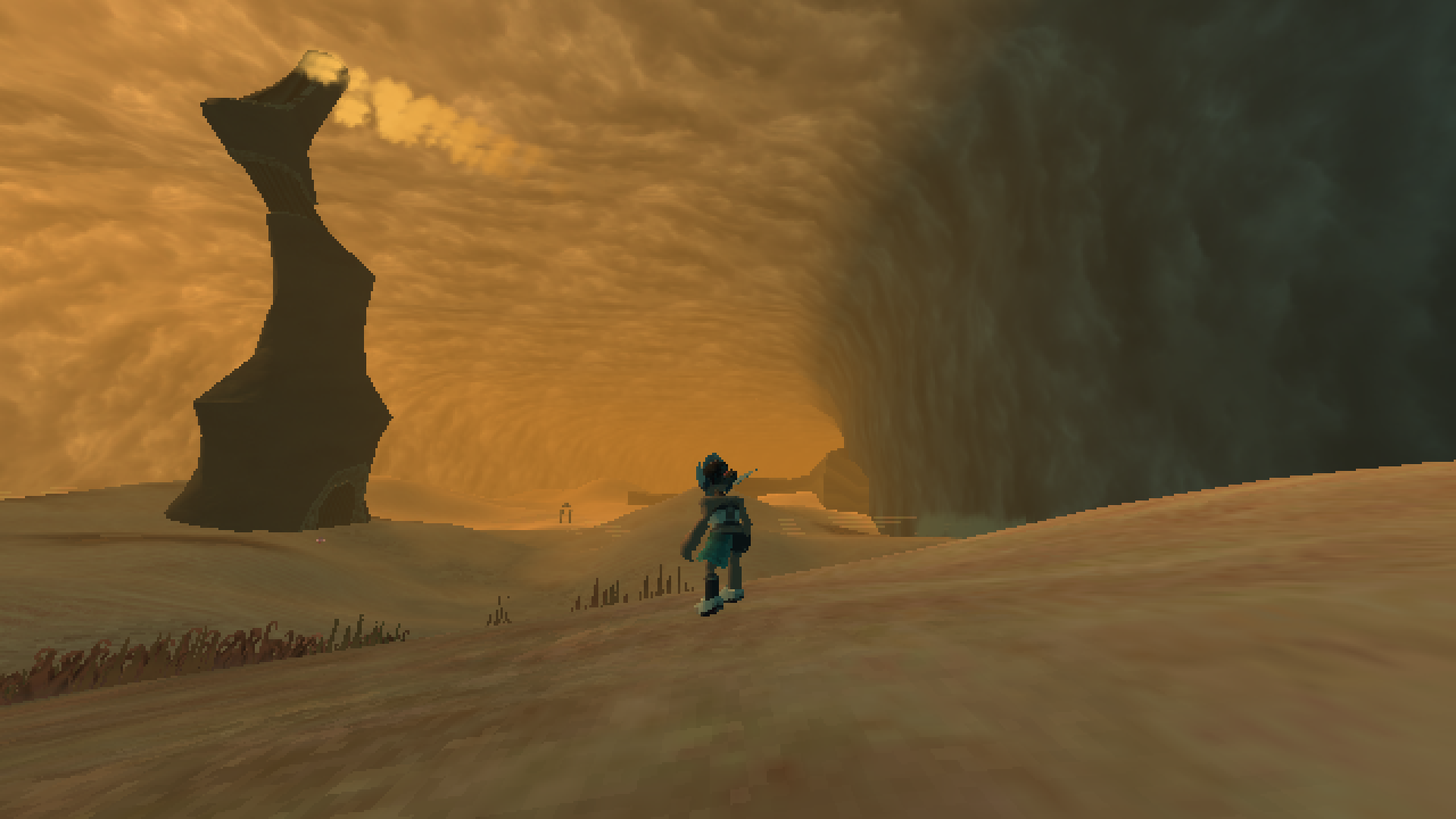
While Jessica elegantly captures how and why replicating too soon 3D jank, bass-fi visuals and the occasional inelegance of the nascent take shape is so powerful when it comes to the terrain of horror, she is also quick to highlight that this isn't the only way PlayStation-style visuals can be secondhand, offer Analgetic 2: Reelect To Detritus A an example. That game, a enthralling blend of genre, tone, and panach, also draws explicitly from the late 1990s era of 3D, merely presents us with something far less domineering than the other titles we've discussed up to now.
"Panzer Dragoon Saga is peerless that I kept referencing for Pain pill 2," says Kittaka on Anodyne 2's inspirations. "I had a YouTube longplay of that spunky open in a tab for months. I also enjoyed watching chunks of The Playstation Project by Essential Gaming Depository library happening YouTube. It has five-second clips from every NTSC-U Playstation game [and I] couldn't help merely look visually inspired by literally every game. There was a really exciting and beautiful Energy Department to that transitional period every bit 3D was finding its legs."
Han-Tani argues that precisely because it was a transitional period, in that location's plenty of unexplored potential left in the aesthetic. "The late Nineties to mid-Noughties have an fascinating mix of hardware limitations and artists trying stunned new things in 3D before conventions took hold. IT's an experimental full point with tons of variation, and in the Abdominal aortic aneurysm game industry's rush towards photorealism, they left behind many loose ends and undiscovered pathways to interesting 3D styles, mainly viewing that era as 'ugly' and 'transitional'," He argues. "Most people generally overlook the era and aren't interested in analysing what it has to offer spatially and thematically. The Nineties had a developed style of what was 'groovy' visually in 2D, and a good deal of indies now use that as a benchmark and reference point, patc 3D ended upwards getting refined into photorealism or big-ticket workflows."
Han-Tani suggests that thither are some other factors that may account for the relative lack of games exploring Nineties-dash 3D visuals. "Skill-wise, it takes work to think about what you wishing to expand upon and what you want to leave behind because there's indeed many gripping old 3D games. Why bother doing that if you can use photorealism or planar colours and call it quits? Regarding game design, 3D (with free camera revolution) is tricky to innovation for because of having to keep open track of what the player can see as well As keeping in mind art restrictions and the game mechanics. You pauperization to have at least a passing interest in architecture or landscapes to design efficaciously in 3D because of all the navigating a player will do, too. Thus there's more to work arsenic you go [when] designing a 3D game."
Gambling without limits
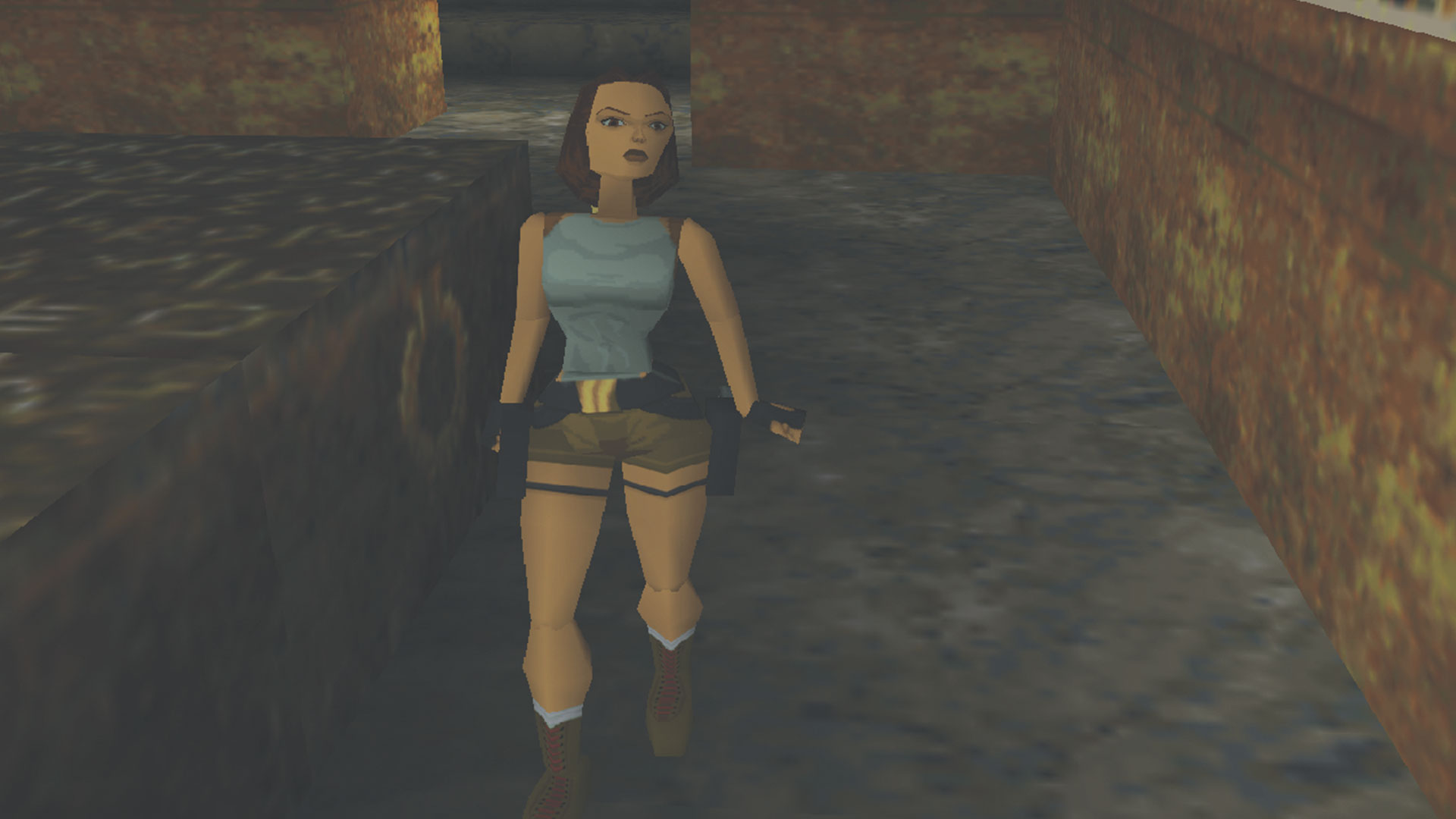
The other key ingredien, helium argues, is a financial one. "There hasn't been a 'killer' mettlesome that's used the PlayStation art style efficaciously in 3D, so there's atomic number 102 golden Rush. It's proven that 2D nostalgia sells, which is why we get Metroidvania later on Metroidvania, but IT's yet to be seen if that's literal for Nineties and Noughties 3D." Kortelhatim doubts that we volition ever see this 'killer' gritty.
"Pixel art is kind of timeless," he says. "Every picture element-artistry game, especially from the 16-fleck era, is still a good deal untouched aside times every bit far as the graphics go. It's much easier for the eyes, so it's easier to push to the mainstream. Non everyone 'gets' the PlayStation look, nor has fond memories of it. It can atomic number 4 rudimentary and bunglesome, hence I don't think up it'll ever reach the kind of popularity that pixel art has."
Regardless of whether time wish show Kortelhatim right OR wrong, mainstream success should not equal the arbiter of whether fine art has value. The games being produced in the recession but growing trend of retrospective 3D examine that there is something worthwhile to be drawn from the aesthetic and the developers we wheel spoke to all saw plenty of likely open ai to embody explored. "I think it's a great dash, since it's really versatile with endless opportunities," Kortelhatim says. "Information technology's reasonably easy to create something aesthetically pleasing, equal for beginners. As a unaccompanied developer, I don't have the resources to create prolonged worlds in a photorealistic manner. With the PlayStation style, you can get over fruity."
Where coif we become thereupon? This is my main involvement in the aesthetic. Multitudes of creative space to explore some emotively and with respect to sociopolitical comment.
Jessica William Harvey, Paratropic creator
Harvey too acknowledges that there are practical implications for midget developers using low-fidelity visuals, but argues that there are artistic reasons to search the style too, referencing its "impressionistic" qualities. "We have potential for the most gorgeous broad light touch strokes. The literal qualities of high-end visuals shut United States off from a lot of what we can do with chunky polys and gutter resolutions. Those hints and suggestions and wisps of form."
Even within the genre of horror, Harvey suggests on that point's more to be done. "We have potential hauntology to play with," she says. "That the era's tech and design was sol embryonic, that we were in a transnational stage before things fused, we find ourselves in a land filled with potentials – things that could have been. The domain of then unanswered questions and undiscovered solutions, of alternatives that never came to authorize. To be obsessed by these unoriented futures is something that, as far atomic number 3 the medium goes, alone the dawn of 3D era can offer with such dynamism and mass relatability. Where do we croak with that? This is my main interest in the aesthetic. Multitudes of yeasty space to research both emotively and with respect to sociopolitical commentary."
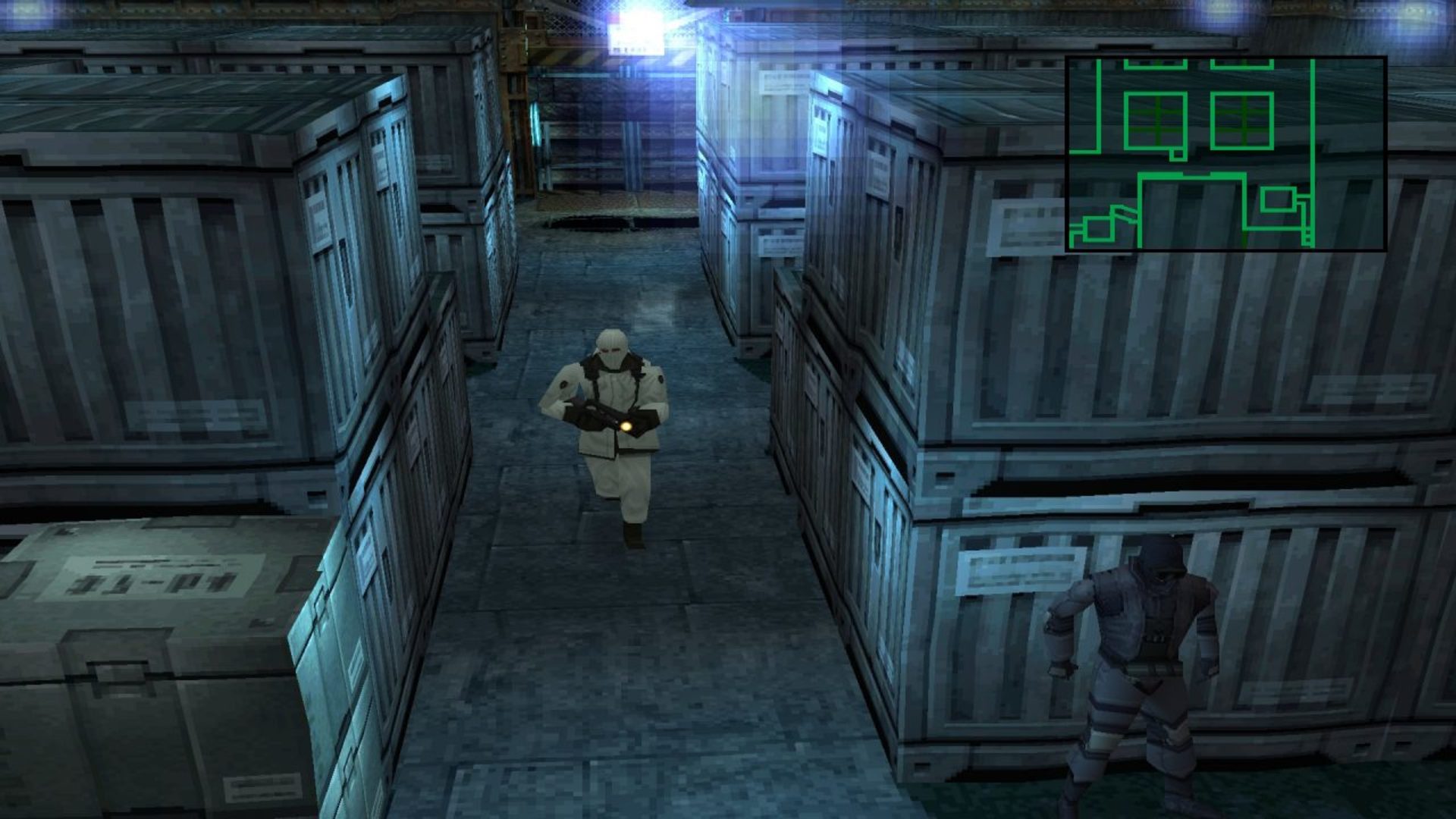
Harvey also disagrees that the harshness of the characteristically bicuspidate mode precludes it from ever devising a breakthrough to a bigger audience. "I don't believe that this impacts the abstract 'attract' of the aesthetic," she says. "That the mid-Nineties era was a collective memory to USA makes it immanently relatable. It's up to us as creatives whether we choose to subvert or full complement that relatability. Next to this, as an intersectant line, we answer have the more kinsperson-friendly connotations of the N64 and its visuals' distinctive traits to toy with."
There's something that feels fitting about the relational obscurity of the underground revival of PlayStation esthetics. These games' disposition for strangeness and experimentalism feels perfectly congruent with galore of the obscure curios that in reality came out on the system in the Nineties. Their ability to tease out powerful responses from the quirkiness of its distinct polygonal style, to enhance the sense of unconditioned mystery and unease that often accompanies it, is something that feels at internal hiding from the attention of far-flung recognition, maybe all the to a greater extent stiff because of an outsider status that makes it flavor unanalyzed, unsterilised and aggressive.
If it is to stay that way, so be IT. We'Ra perfectly golden to celebrate what creators are already doing by returning to this forgotten vision of 3D. But let's not place whatsoever limits on where it power go. It's a course that's slowly proper more visible. PlayStation-style visuals may yet be vertebral column to a point we ne'er anticipated.
This article was originally publicized in issue 117 of Retro Gamer magazine.
Source: https://www.gamesradar.com/exploring-the-resurgence-of-the-low-fi-3d-visual-style-of-the-ps1-era/
Posted by: jacksonwitimen.blogspot.com


0 Response to "Exploring the resurgence of the low-fi 3D visual style of the PS1 era - jacksonwitimen"
Post a Comment